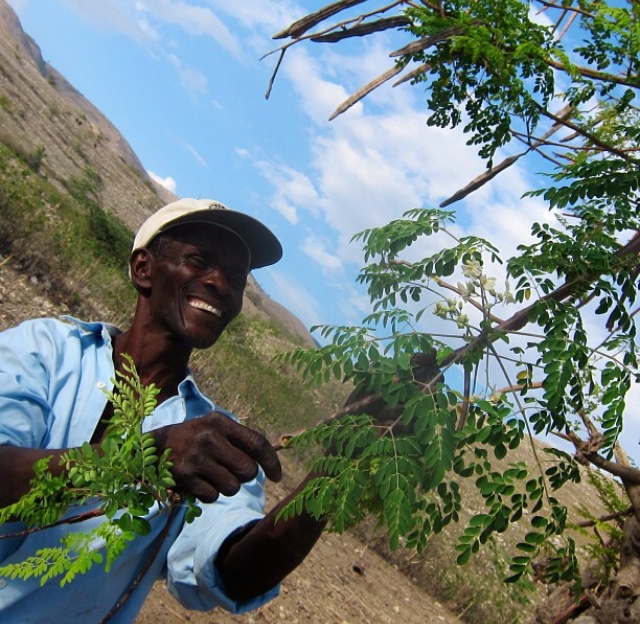In 2014, I set out on an adventure to Africa for my mater’s research project with the University of Minnesota. It was an amazing 3 weeks full of adventures— definitely a trip of a lifetime!! I am so grateful for the Healthy Foods Healthy Lives grant that helped get me to Africa– and made the research component of my trip possible!
My research project was a qualitative study exploring the use of the Moringa tree for children in Uganda. The abstract to the paper can be found below. We are still in the process of publication, and will hopefully have study results published and accessible to all soon!
For those of you unfamiliar with the Moringa tree, it is a rather impressive tree. It grows in many parts of the world where malnutrition, micronutrient deficiencies, and climate/ environmental issues are rampant. The tree grows incredibly fast– some places only taking about 6 months for a full tree. It can withstand droughts and is rapidly producing edible leaves and pea pods. The leaves of the tree vary in nutritional content based on where they are grown, but they are a good source of a number of key nutrients for growth, development, and immune support. Including: zinc, calcium, iron, vitamin C, potassium… and more!
Unfortunately, not a lot of human studies have been done on Moringa to see how it is used in the human body. There is a lot of speculation about it though due to it’s nutritional properties. The fact that it’s a rapidly growing tree that bares edible leaves and pea pods– and can withstand some pretty rough environmental situations makes it desirable for many low resource areas of the world where malnutrition and micronutrient deficiencies are prevalent. A study in Burkina Faso and a study in India both show its potential to help combat malnutrition. More research is needed to see what other potential and roles it has for human nutrition and the environmental .
While the tree is often touted as a “miracle tree”, it’s primarily due to the potential it holds for helping irradiate some of the nutritional issues present in lower-socioeconomic countries.
On September 2, 2015, I defended my thesis project— and officially became a Masters in Public Health on October 1, 2015!







